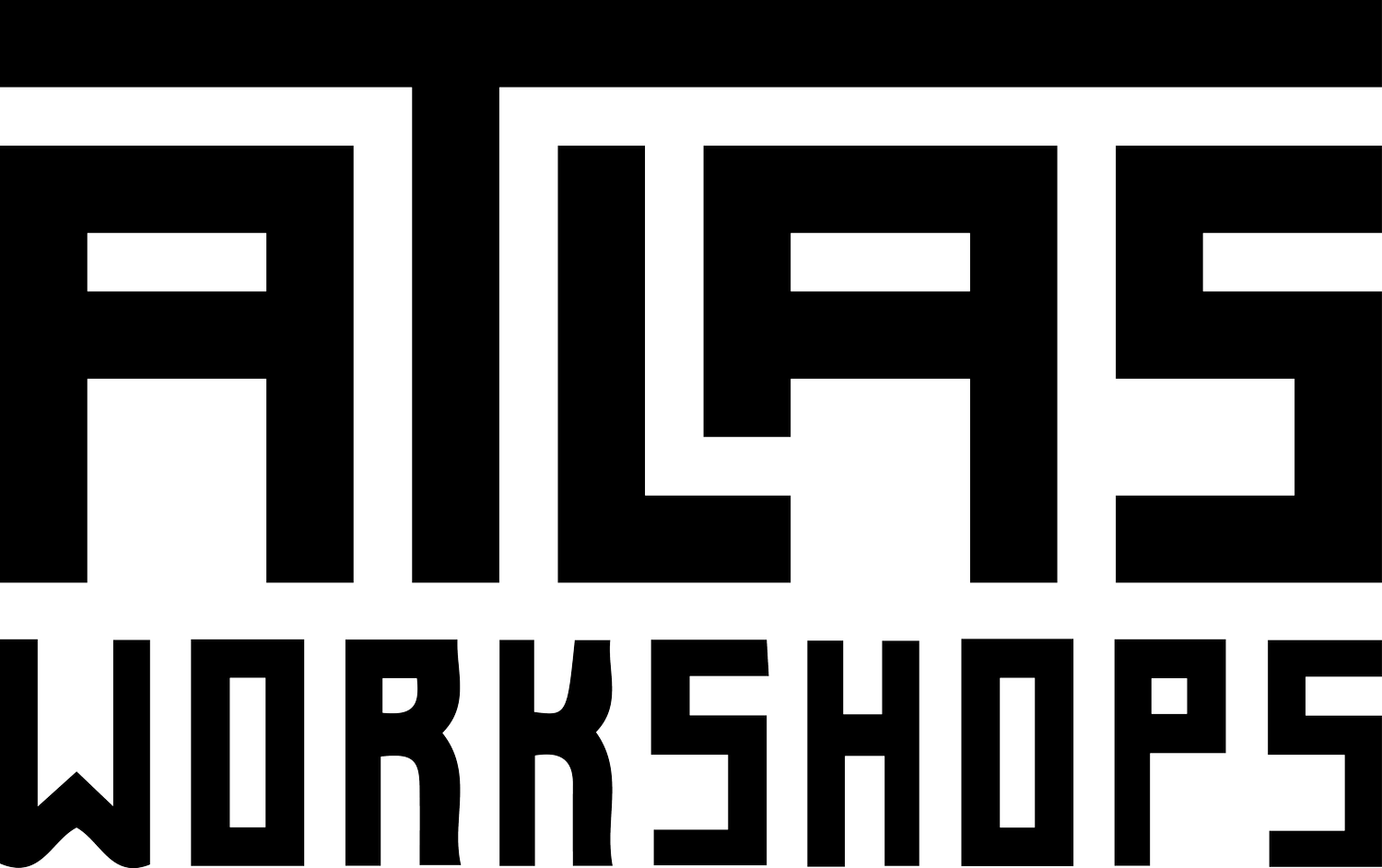From Environmental Crisis to Environmental Education on the California Coast
Just a few weeks ago, California experienced a harmful oil spill on the coast, this time near Huntington Beach, an idyllic coastal surf town known as “Surf City USA.” Right away, renewed calls to end oil drilling and to change the way we treat the California coastline were loud and clear. However, after just a few weeks, we are starting to forget about the disaster and its ramifications. But any crisis is a terrible thing to waste, instead of a short term breaking news alert, how can we build lasting interest in the environment?
It turns out that California is the perfect place to dive into the roots of the modern environmentalist movement and an important place for understanding how we can build lasting sustainability and environmental activism.
How a California Oil Spill Spurred The Modern Environmental Movement
Despite the estimated 100,000+ gallons spilled from the recent pipeline rupture, a lot of the environmentalism momentum has already died down. Last time this wasn’t the case.
A little over 50 years ago, the Central Coast was affected by the monumental Santa Barbara Oil Spill. Spilling 3-million gallons of oil, it was the largest spill of its time, and today is still the 3rd largest oil spill in the US ever reported. The Santa Barbara Oil Spill emphasized a common weakness for environmental issues in communities around the world: a lack of transparency and understanding from the government and companies involved. Residents of the area were apprehensive about building a new oil well, and unaware that safety shortcuts were taken by the company (Union Oil), resulting in the catastrophic blowout two weeks into drilling.
As one of the worst man-made disasters to ever affect California, the oil spill brought the national spotlight to the state and the issue. To effectively use the crisis and learn from it, Senator Gaylord Nelson decided to create a national teach-in to educate the nation. In the end, the creation of Earth Day, is often directly linked to this oil spill, and thus an institution of environmentalism lives on today, every April 22nd.
After this catastrophic oil spill, more people understood what could happen if we leave the environment unchecked. The incident and resulting holiday are an annual reminder about the need for environmentalism and regulation regardless of a crisis.
From A Story of A Crisis to Environmental Education
While a disaster is a good learning opportunity, we need real environmental education to prevent the next one. The recent Huntington Beach spill has been described in the media as “not the environmental disaster first feared” and although this crisis wasn’t at the scale of the Santa Barbara spill, news outlets are quick to say that long-term effects are unknown: an oil spill is still an oil spill.
The dismissive media coverage further plays into a cycle of environmental negligence. We care about these events when they first happen, especially when it’s an unprecedented disasters, but long-term interest in environmentalism wanes while broader challenges grow. To continue the environmentalist legacy of California, we need a culture of environmental education.
There’s no reason we we can’t prevent the next oil spill through advocacy. We need to demand accountability from companies and governments. This movement has to start now, and through education we have a huge opportunity. We need citizens to request more from their governments, we need to pressure companies to prioritize environmentalist agendas, and we need a generation of students to see the value of the environment every day, not just in a crisis big or small.
Diving into this current and historic environmental case study in California is a solid starting point. While we can help you explore this issues on an immersive program, like an educational travel program in California, we also want to help build a new environmental movement. Get in touch if we can help you to start a movement at home (or the Californian coast), to bring environmental issues to a classroom or group virtually, or to start a new environmentalism project anywhere in the world.

